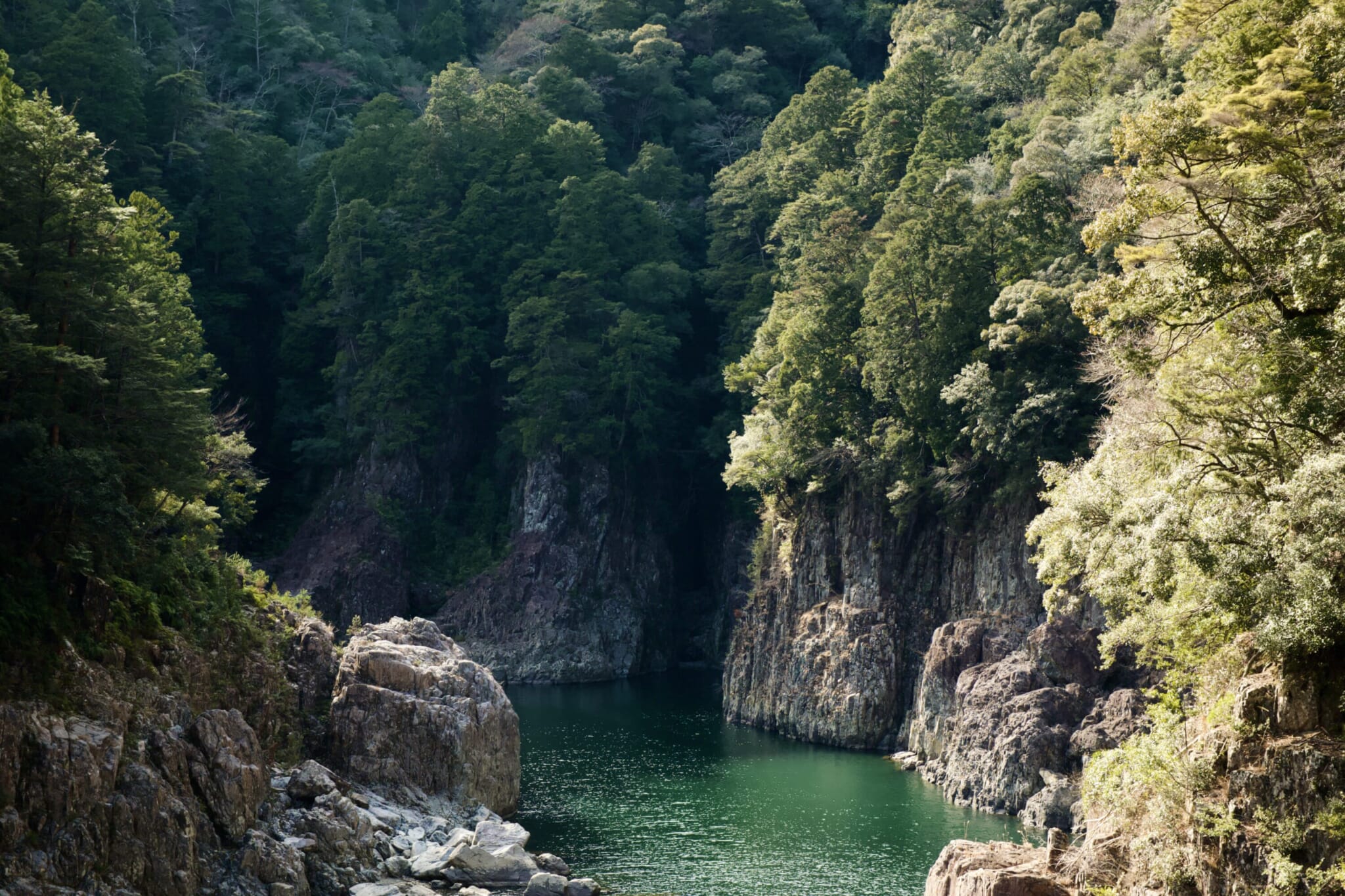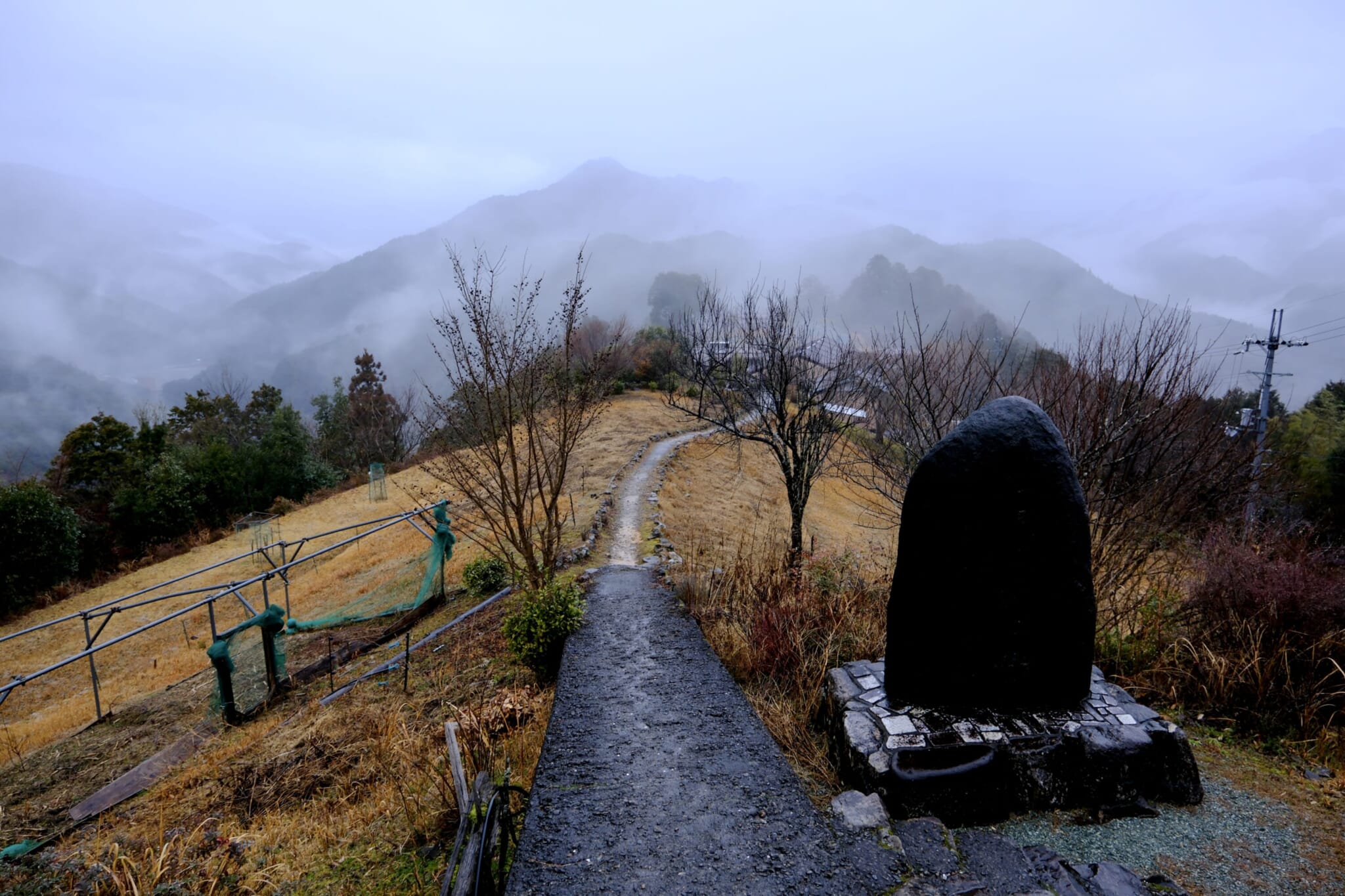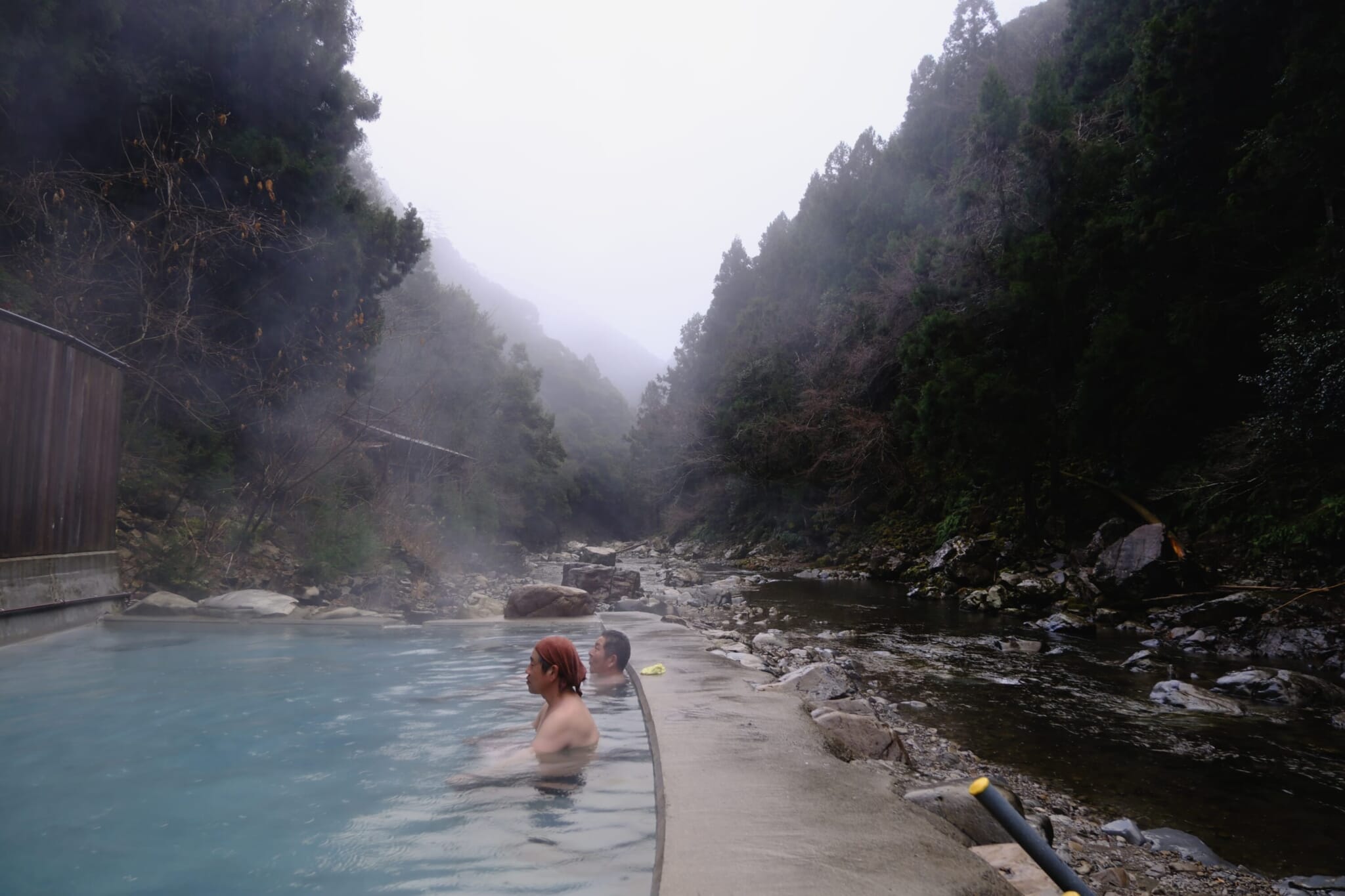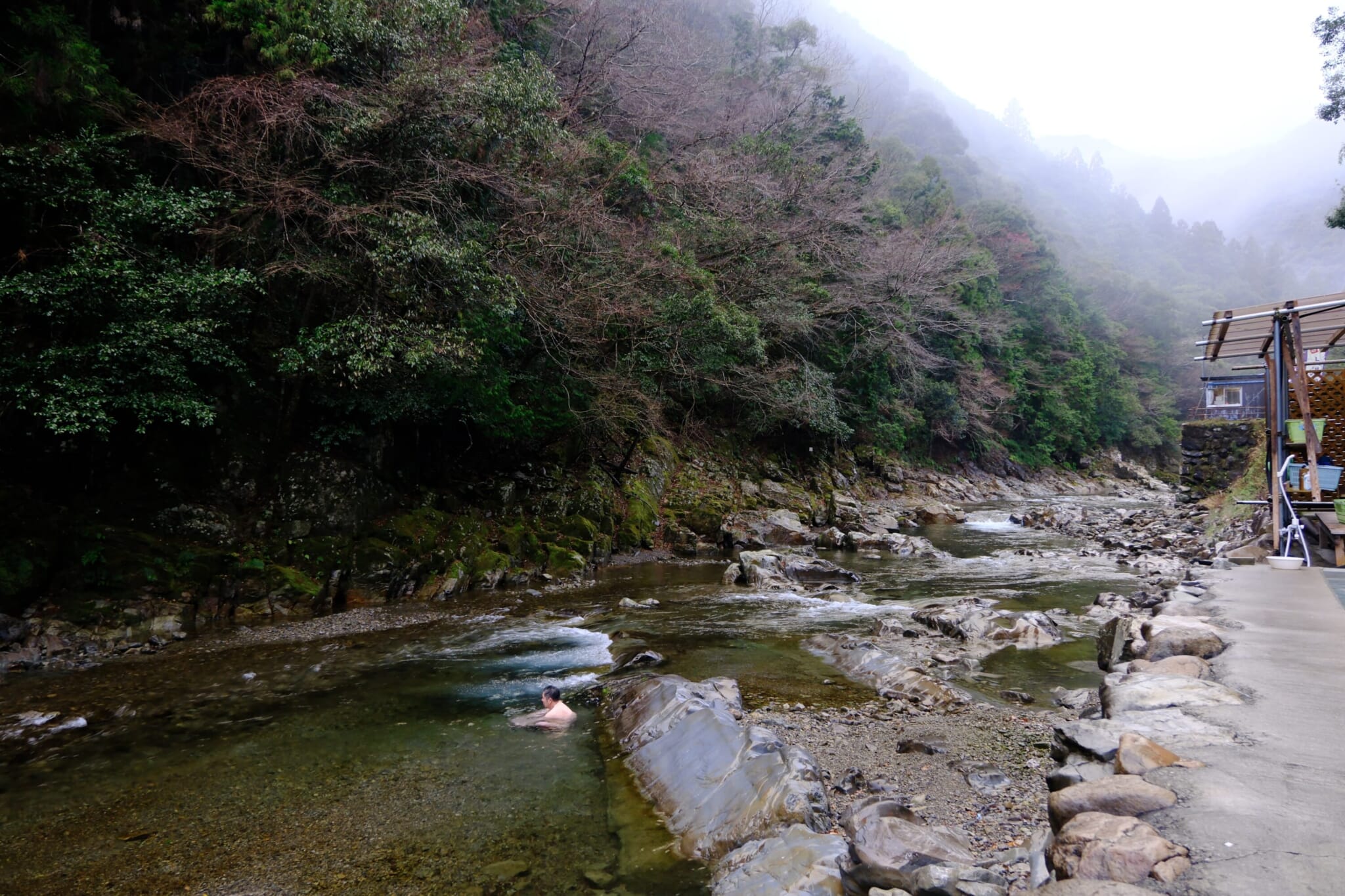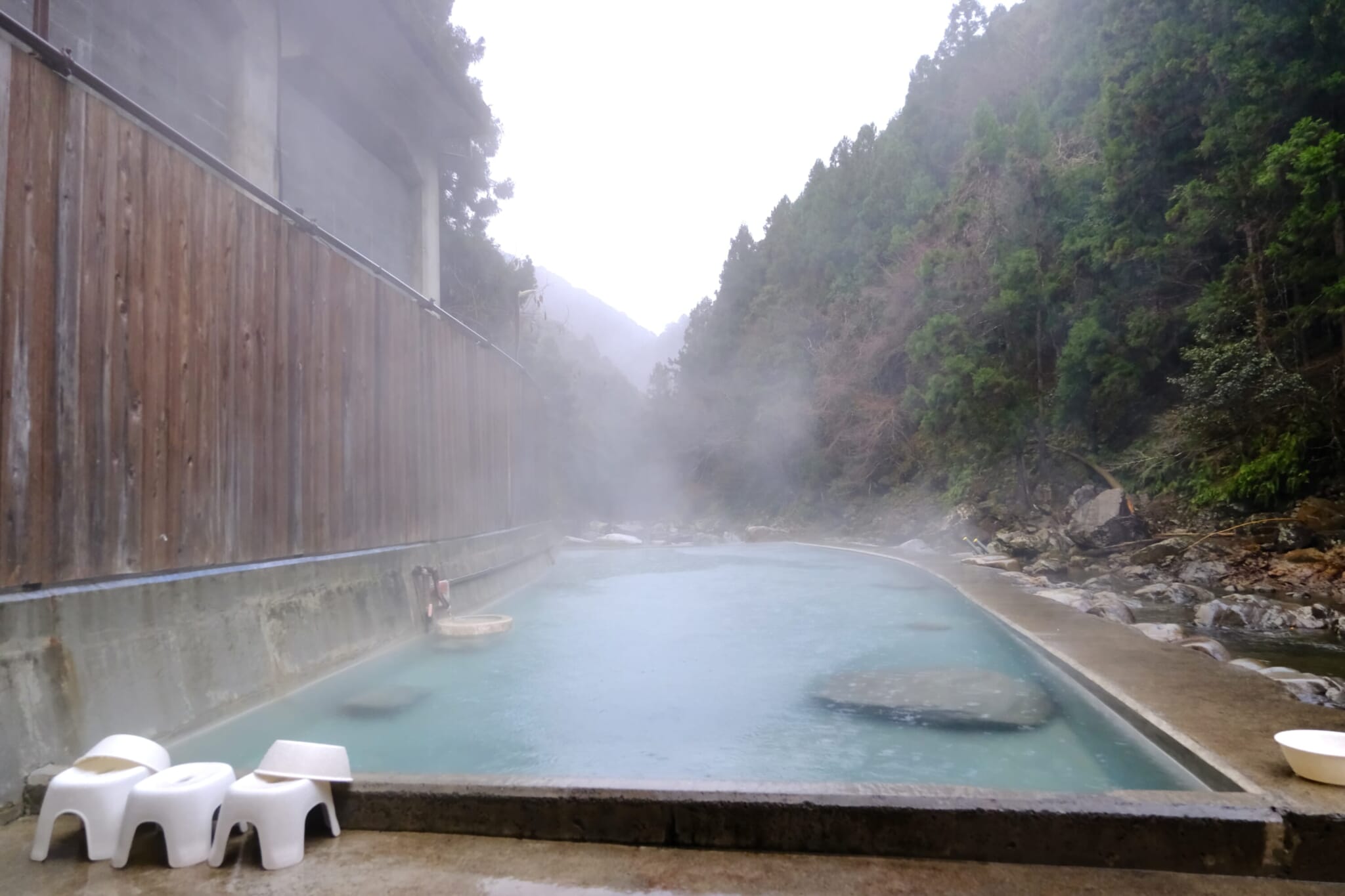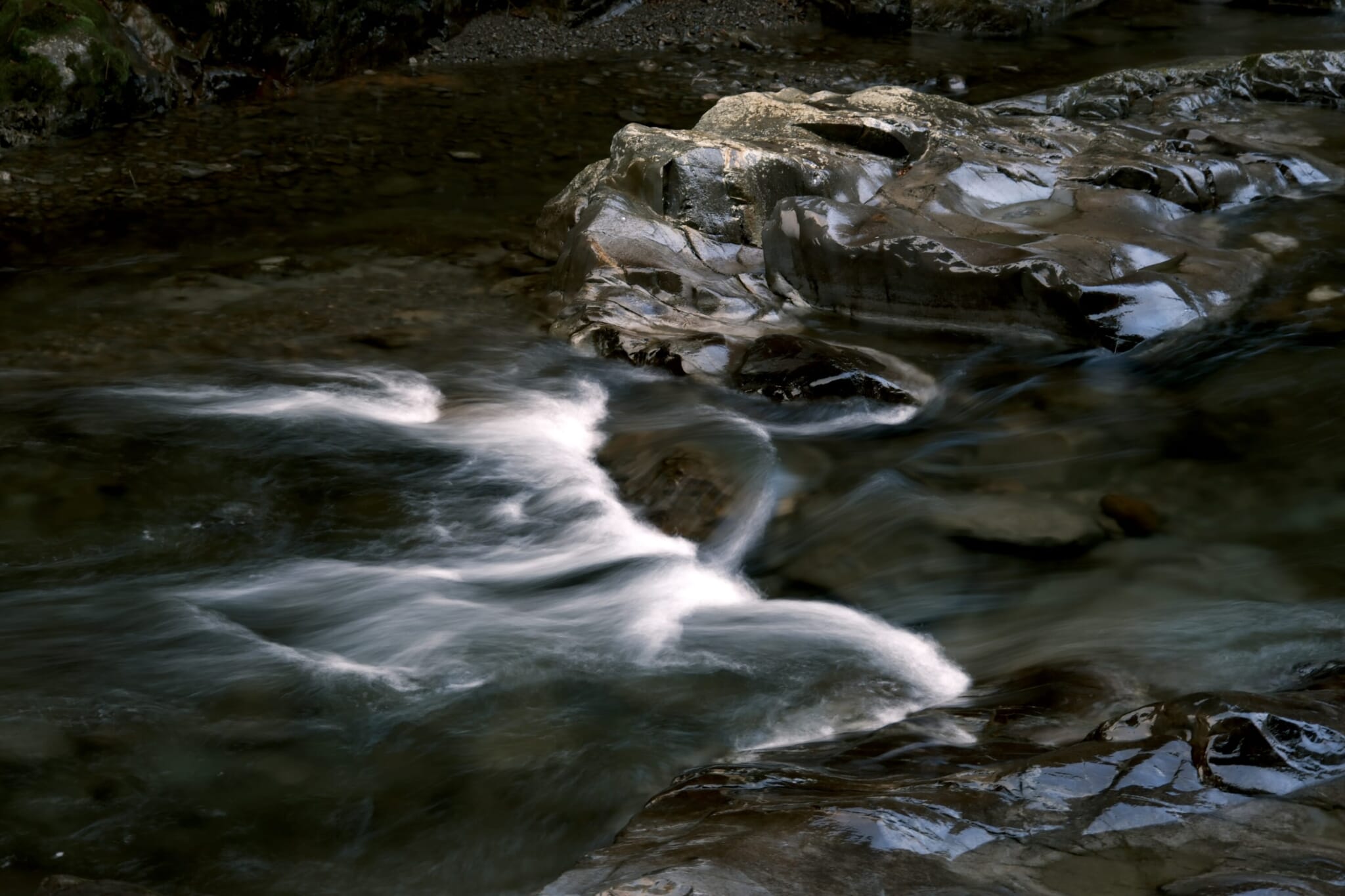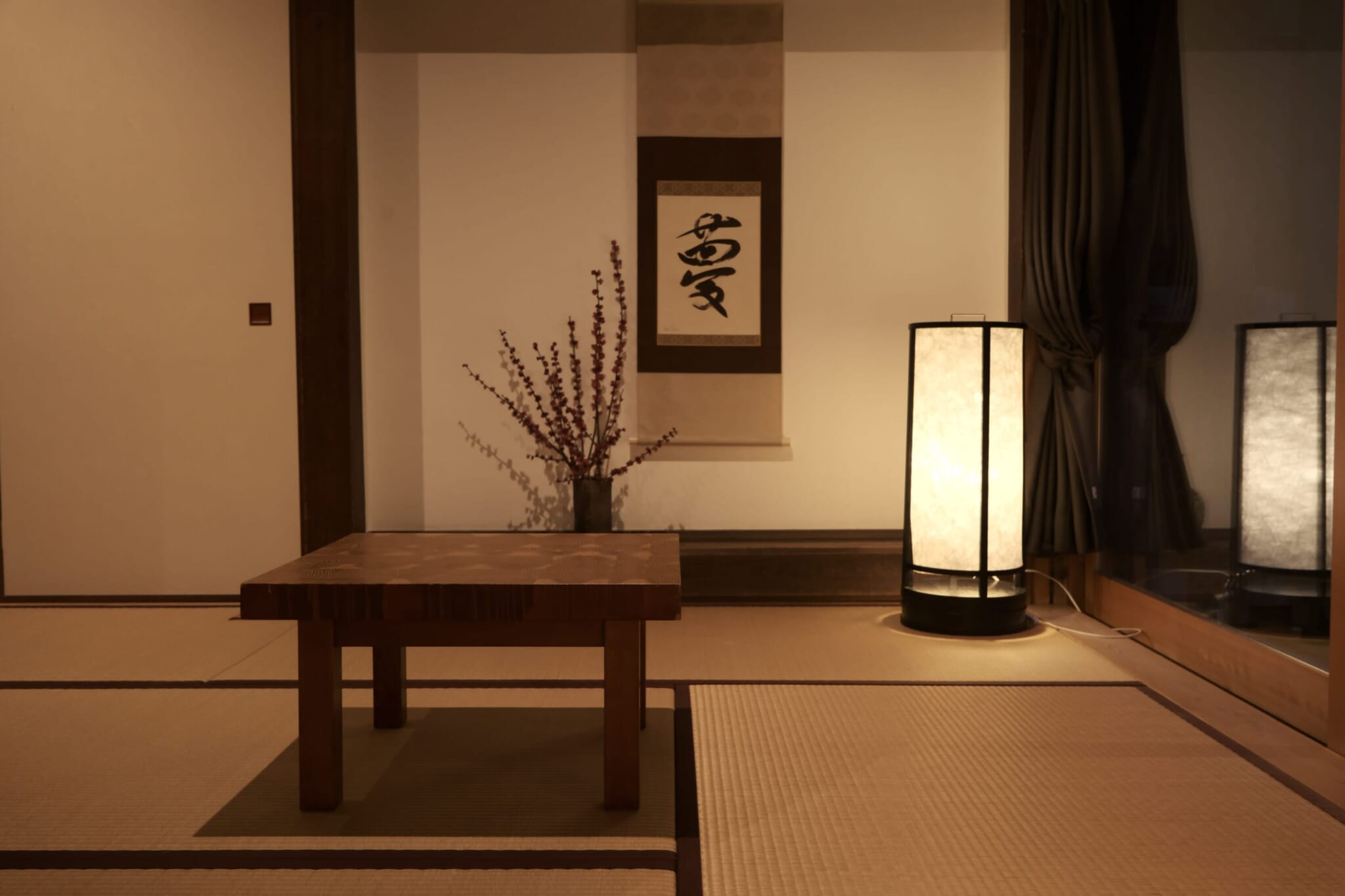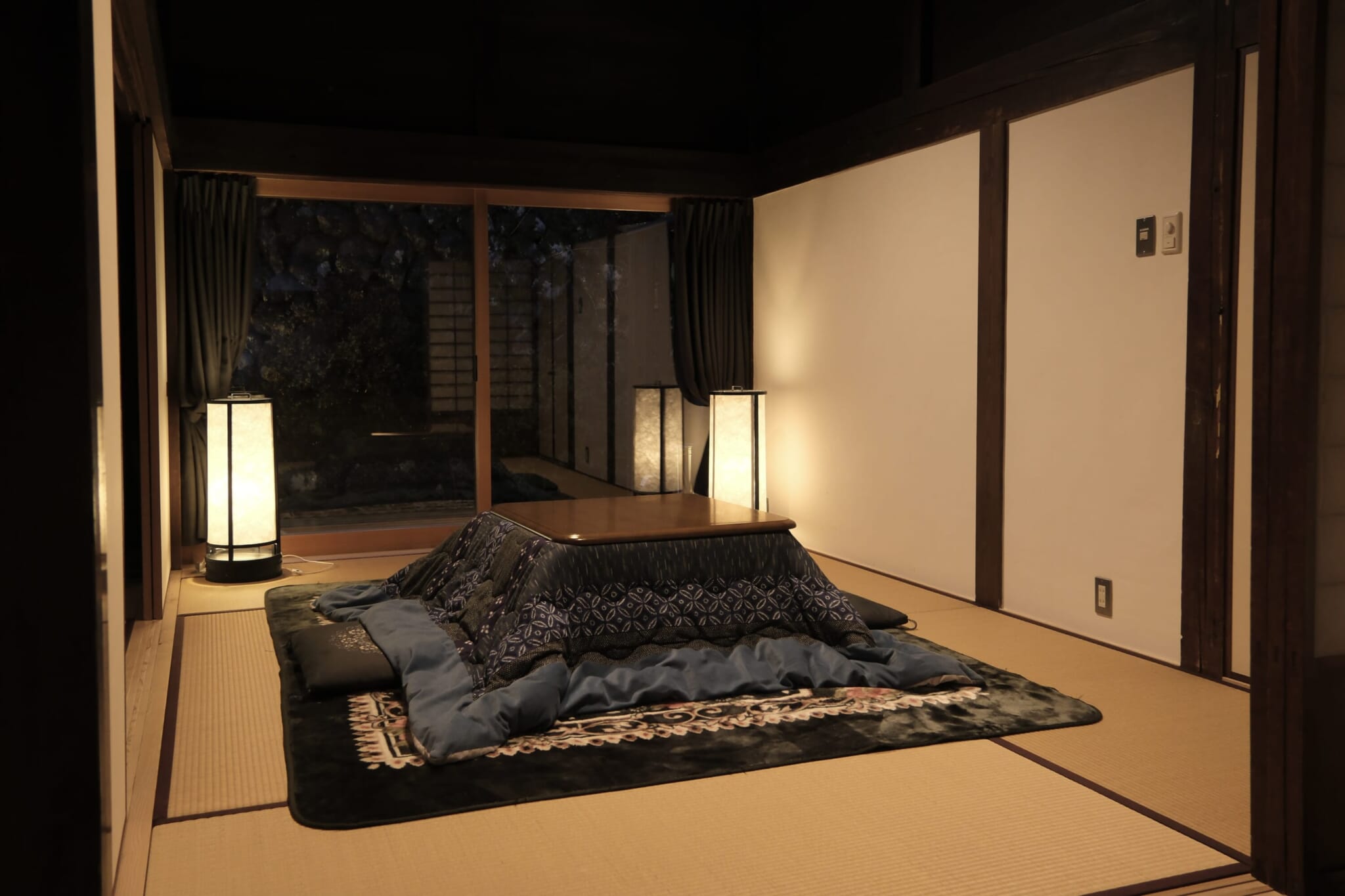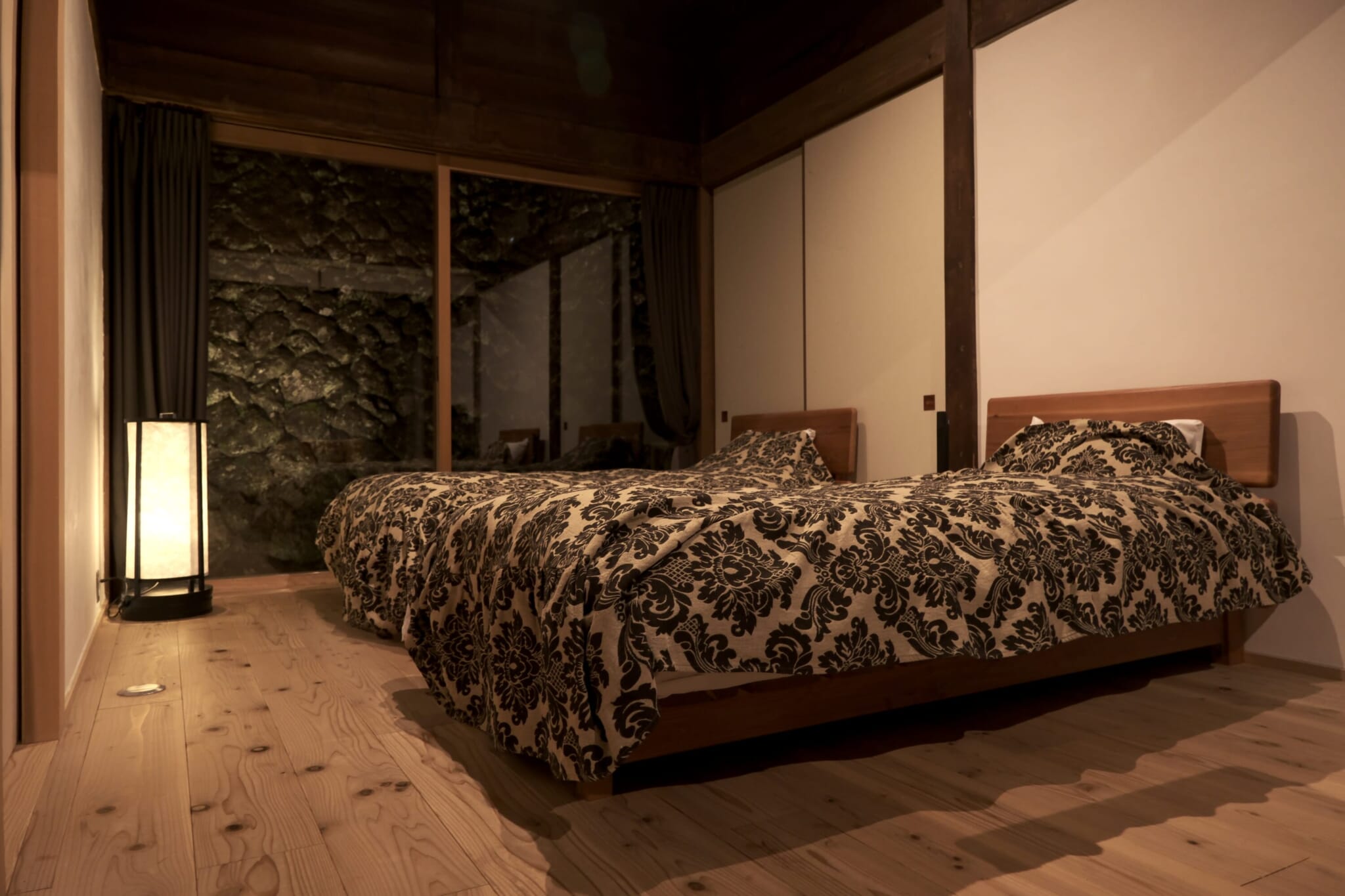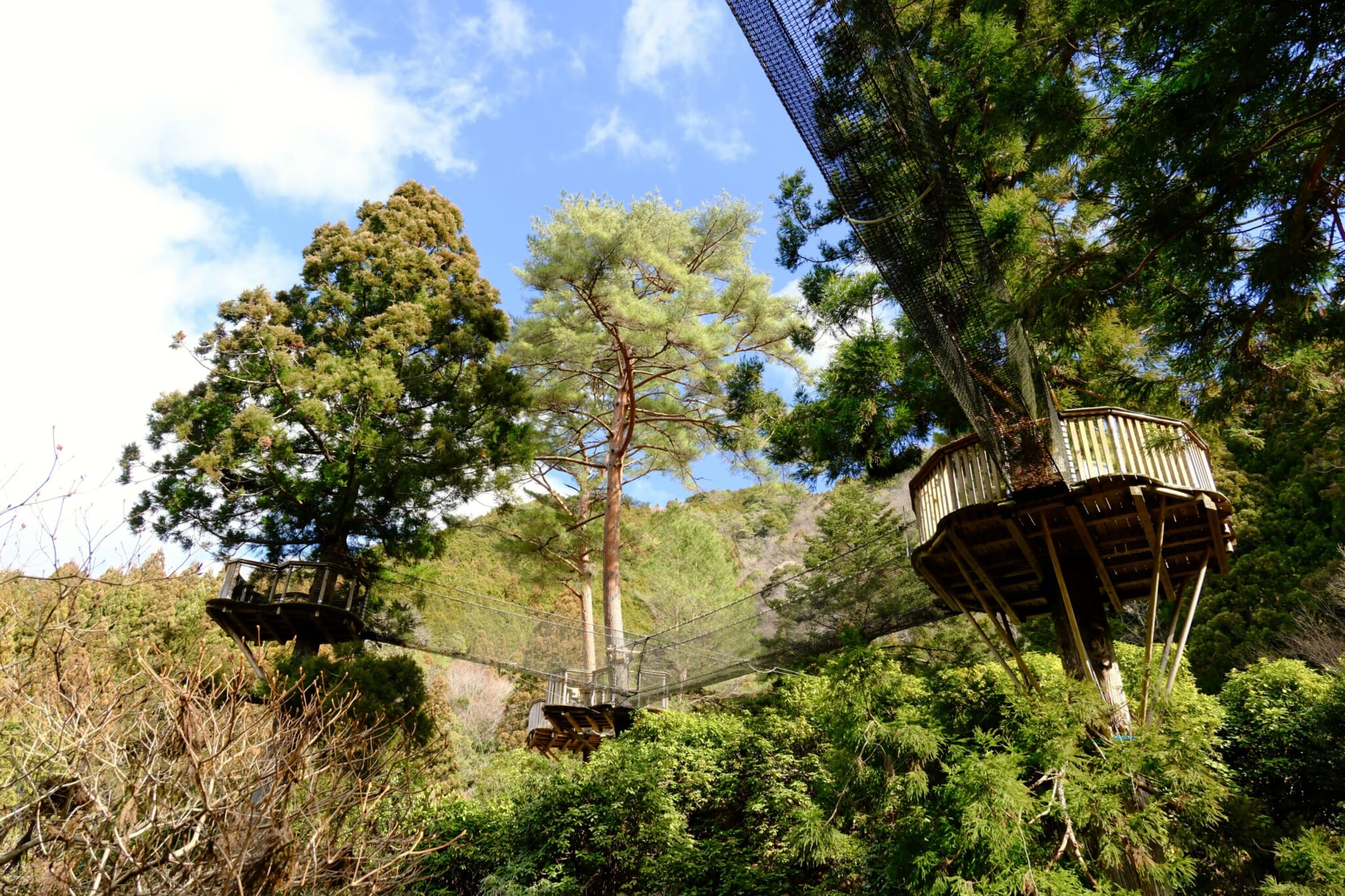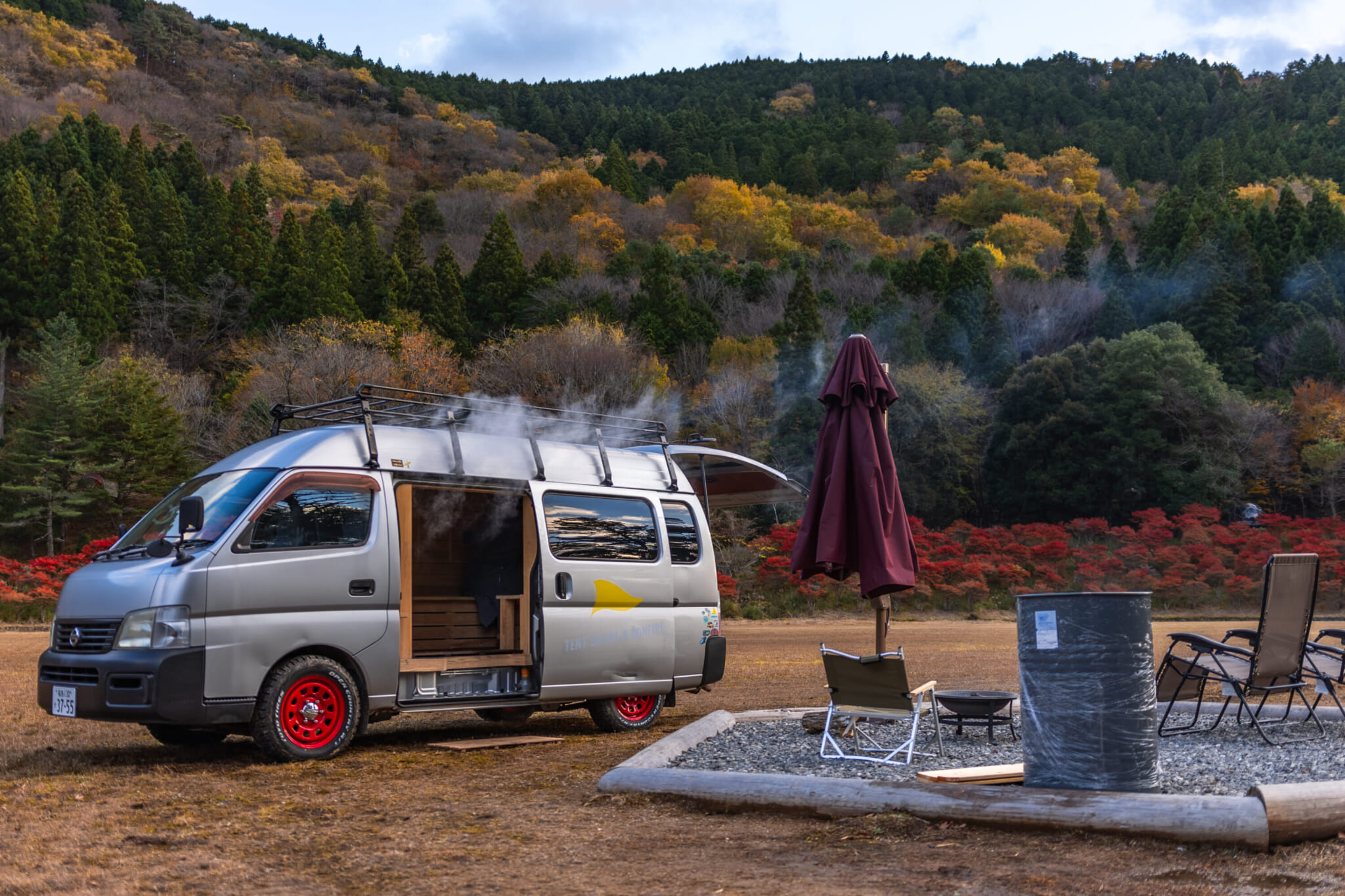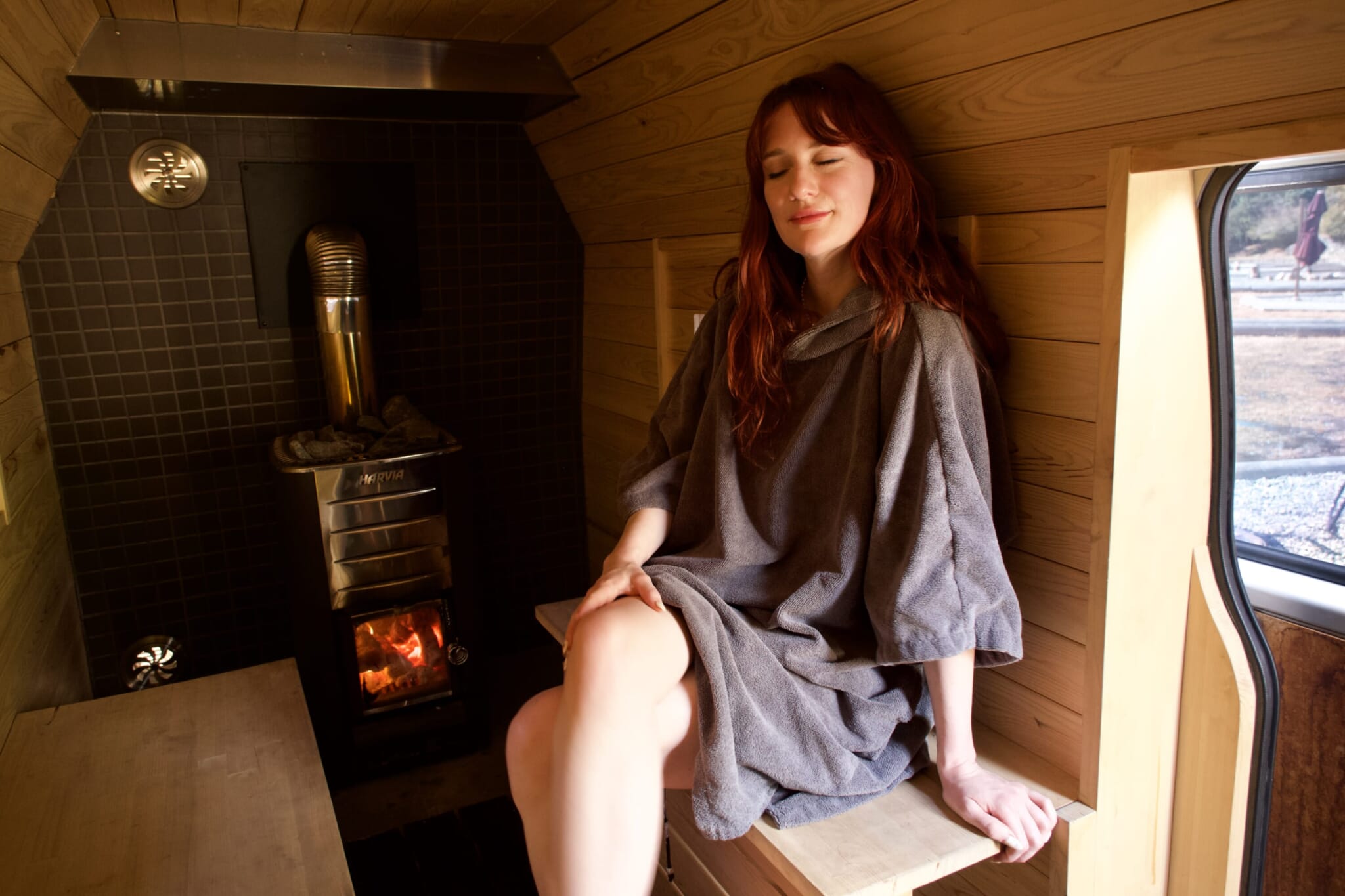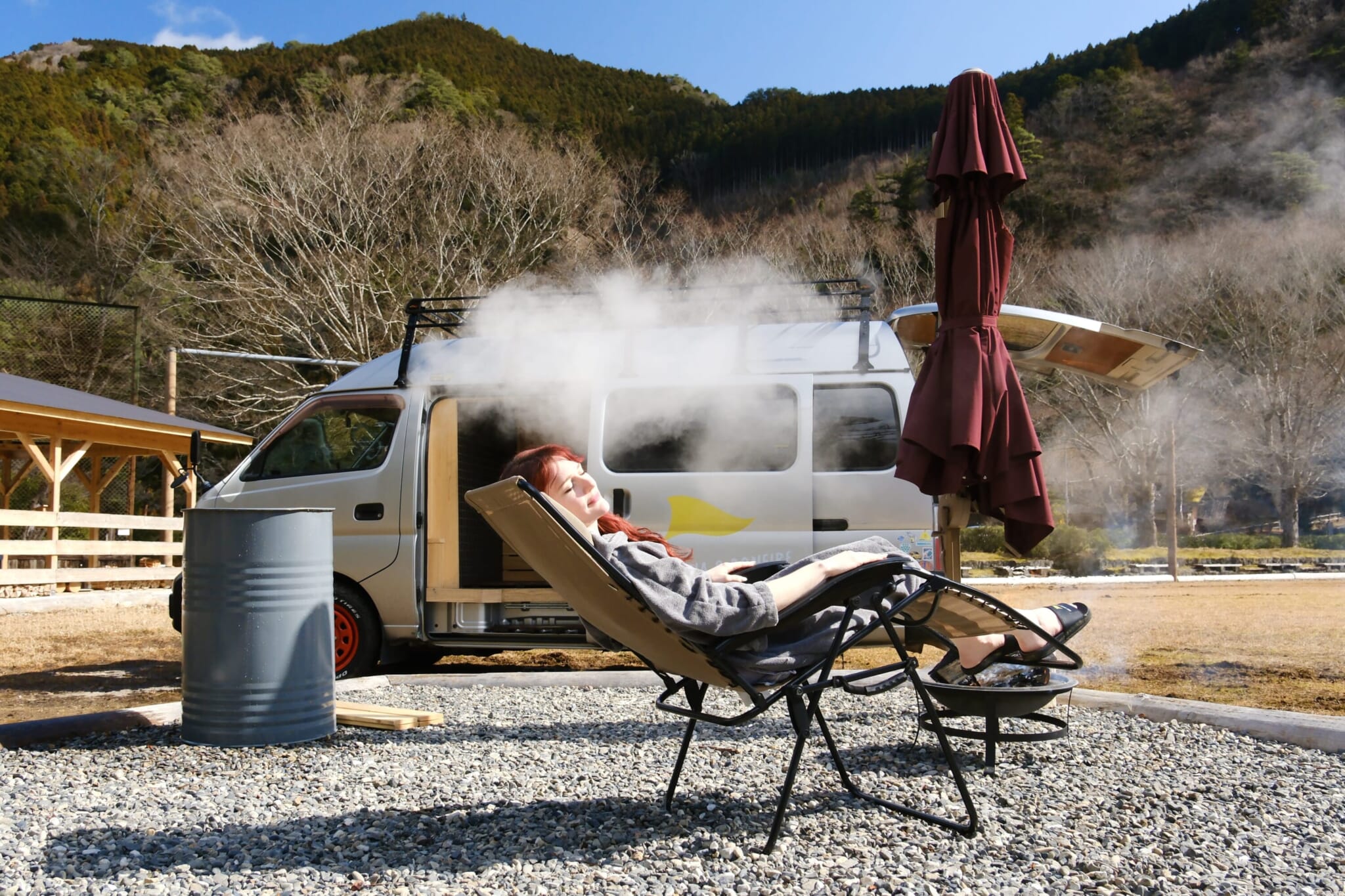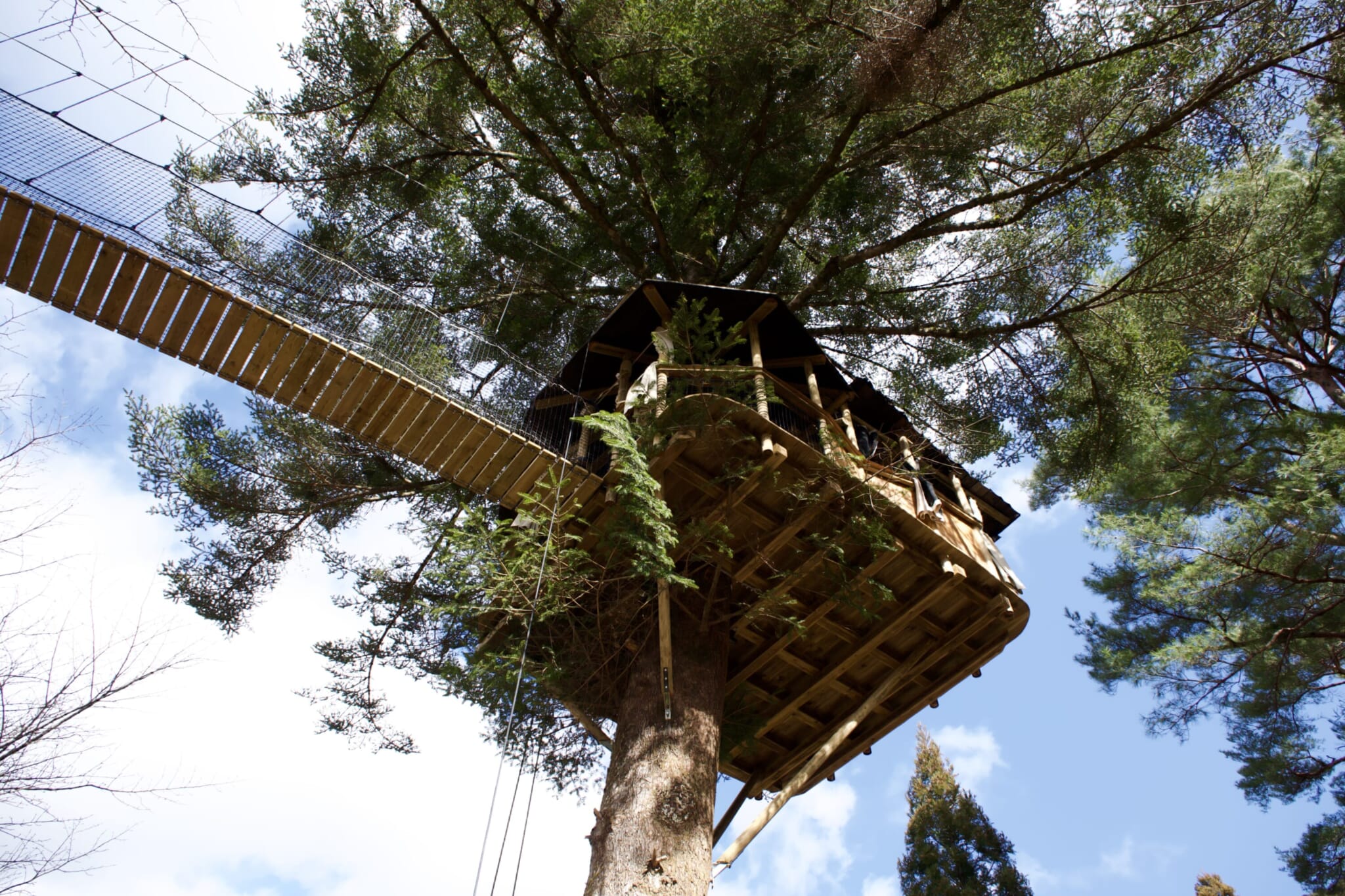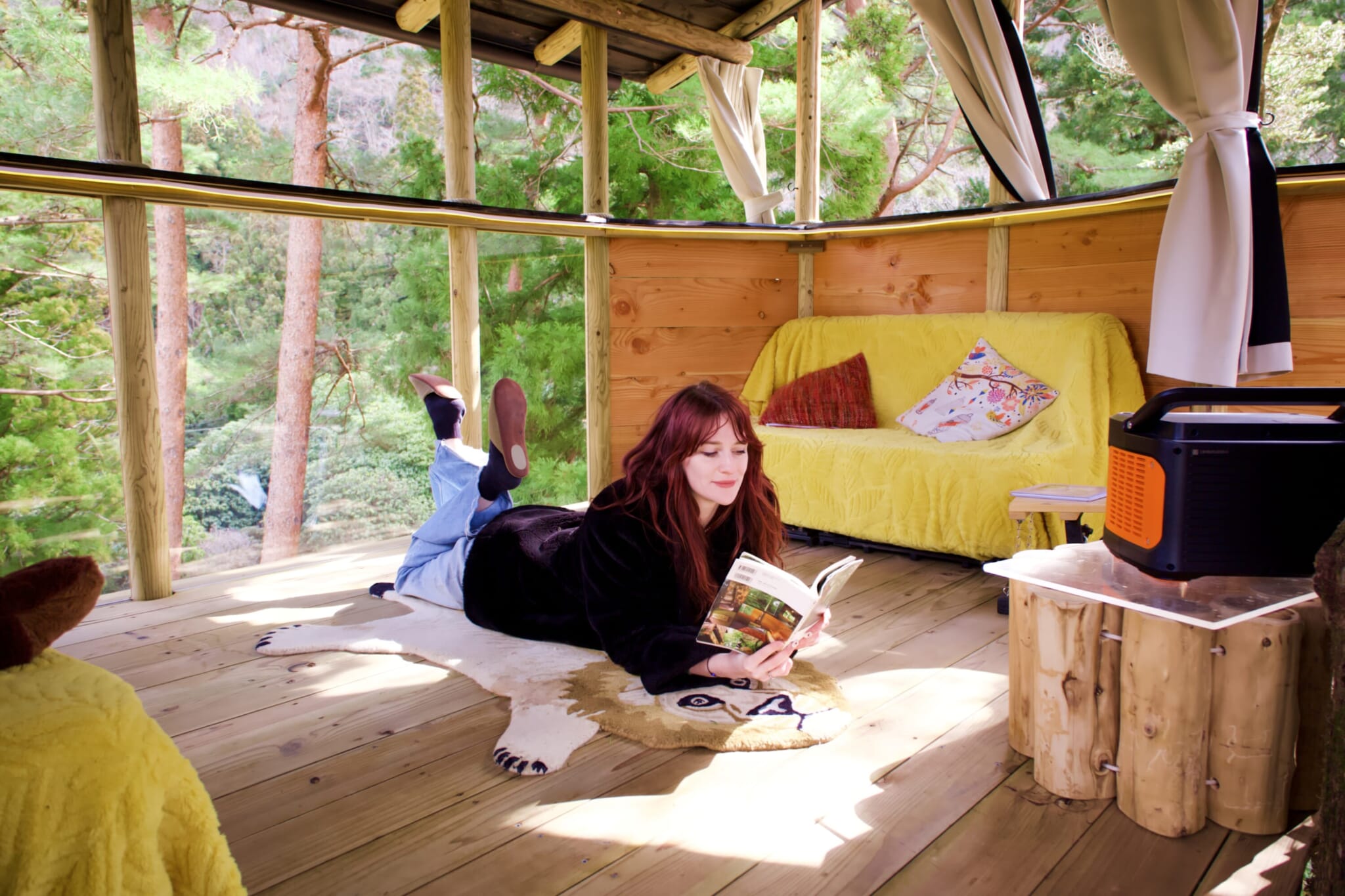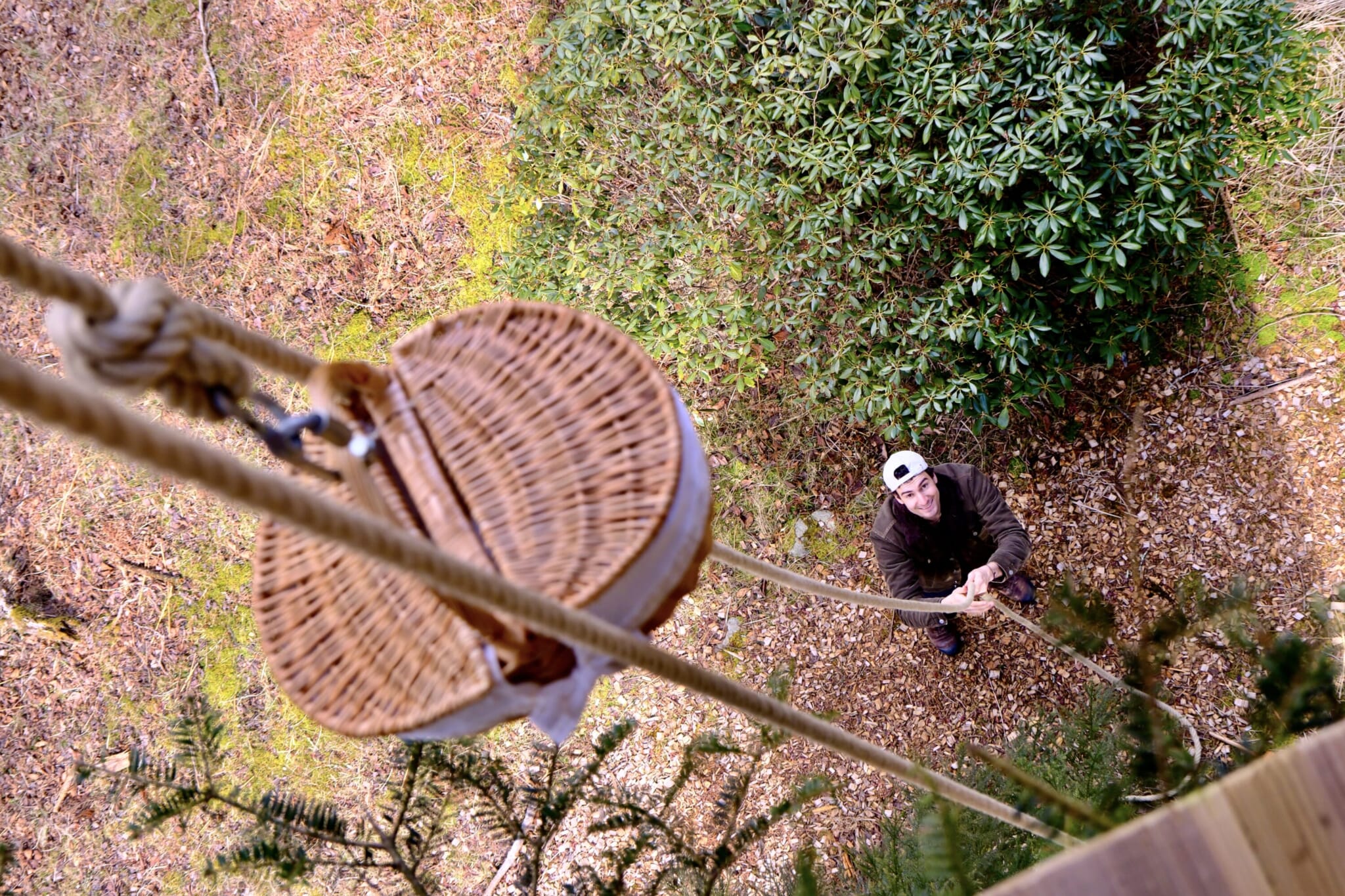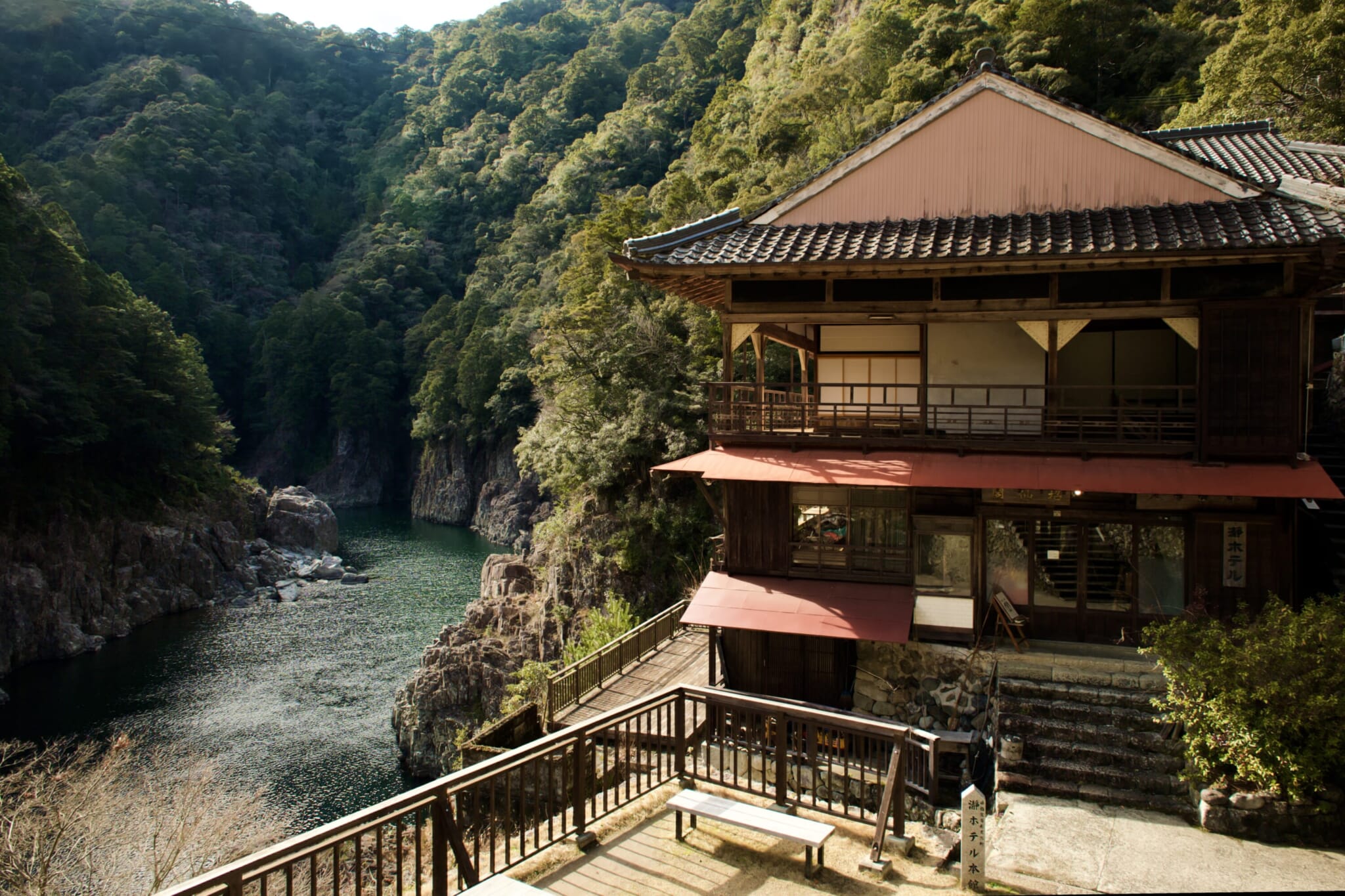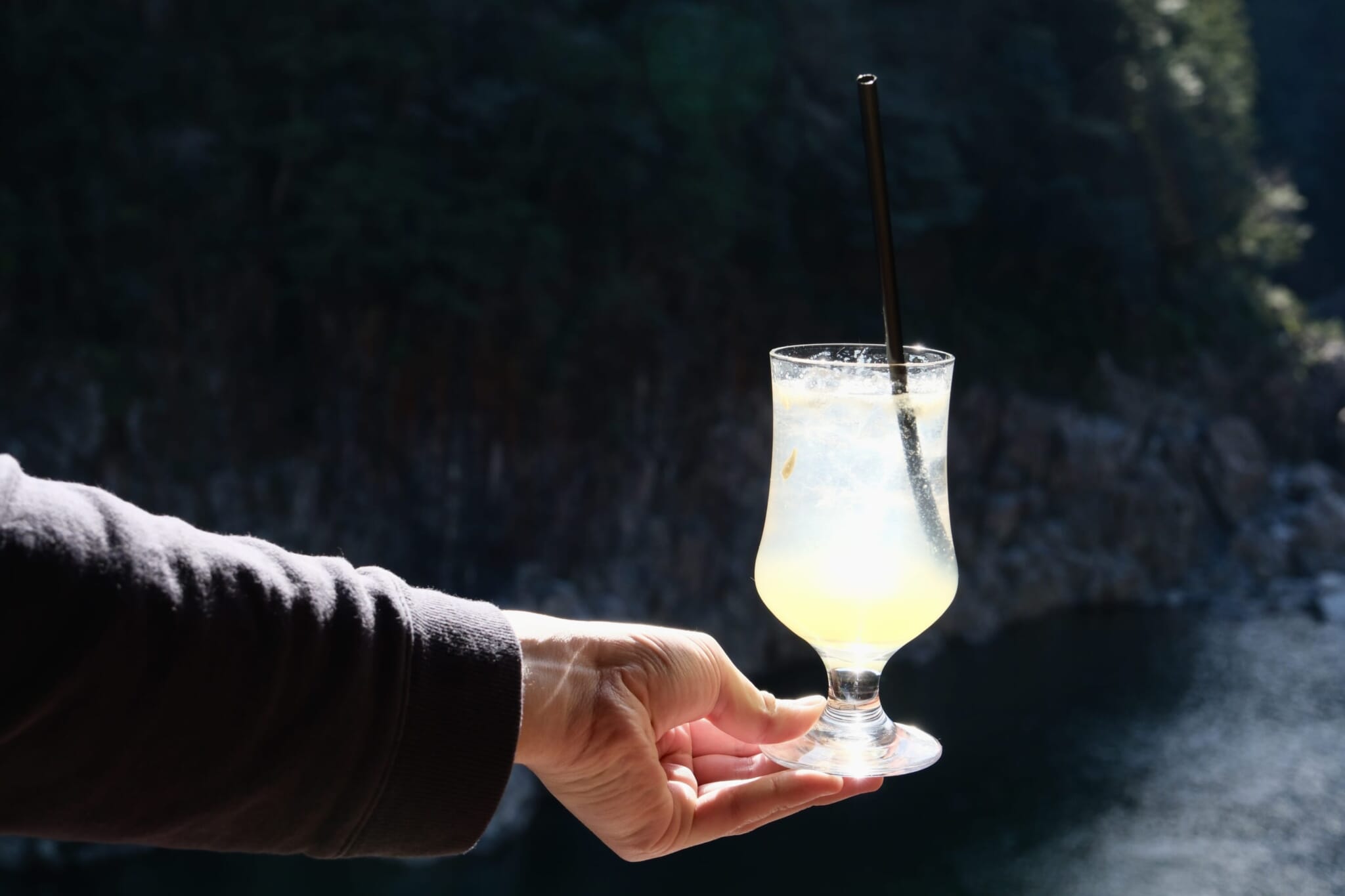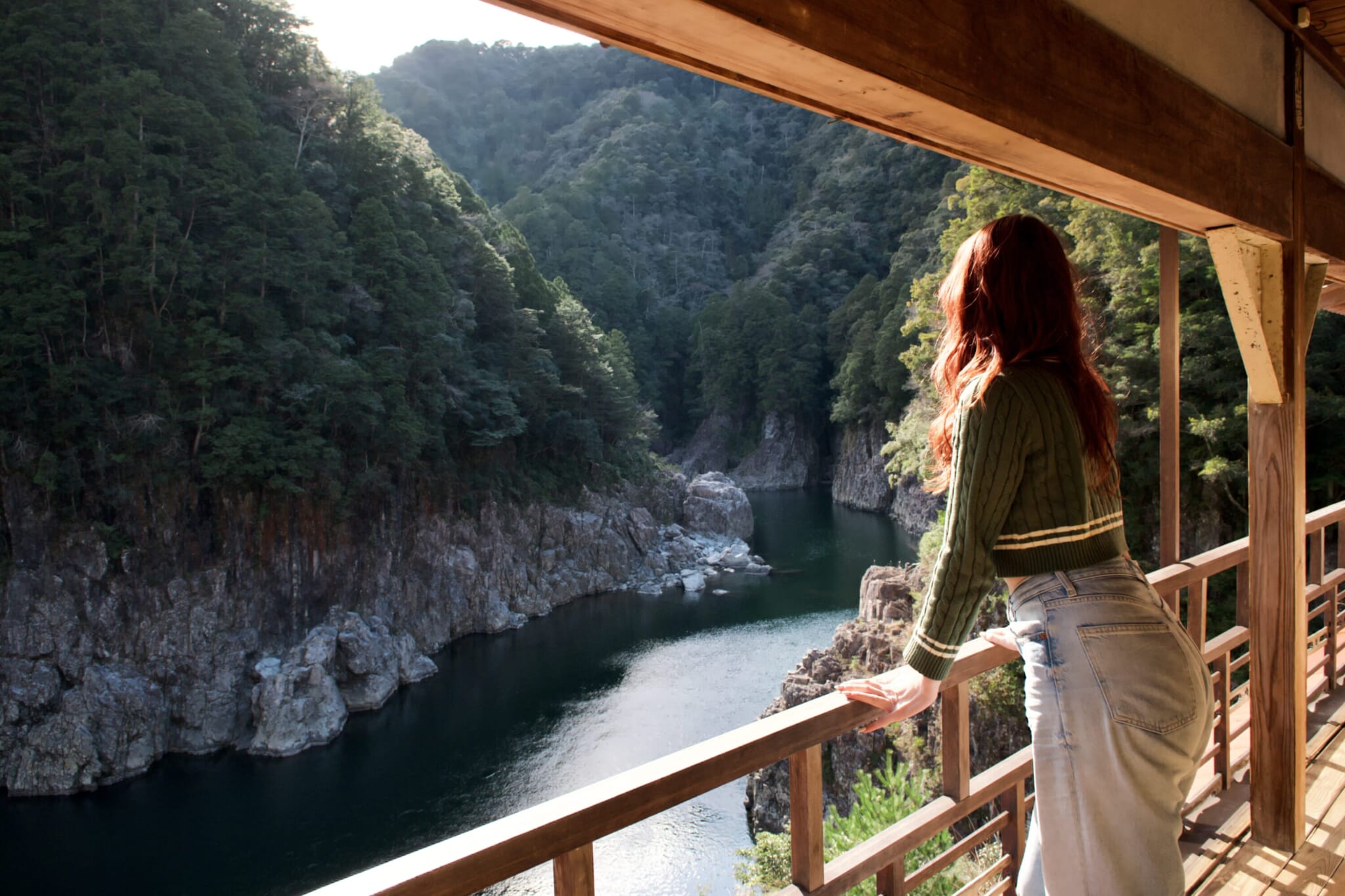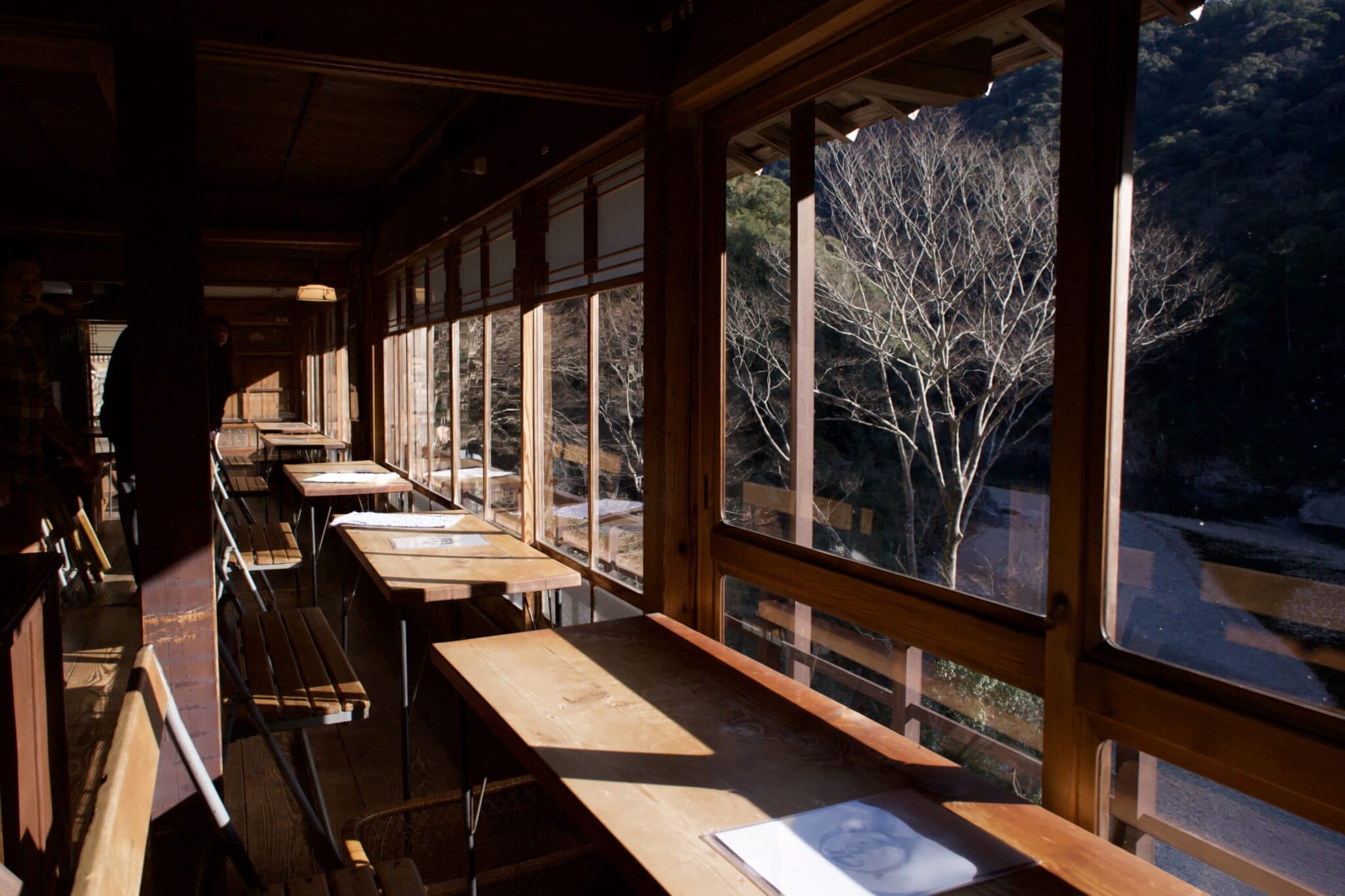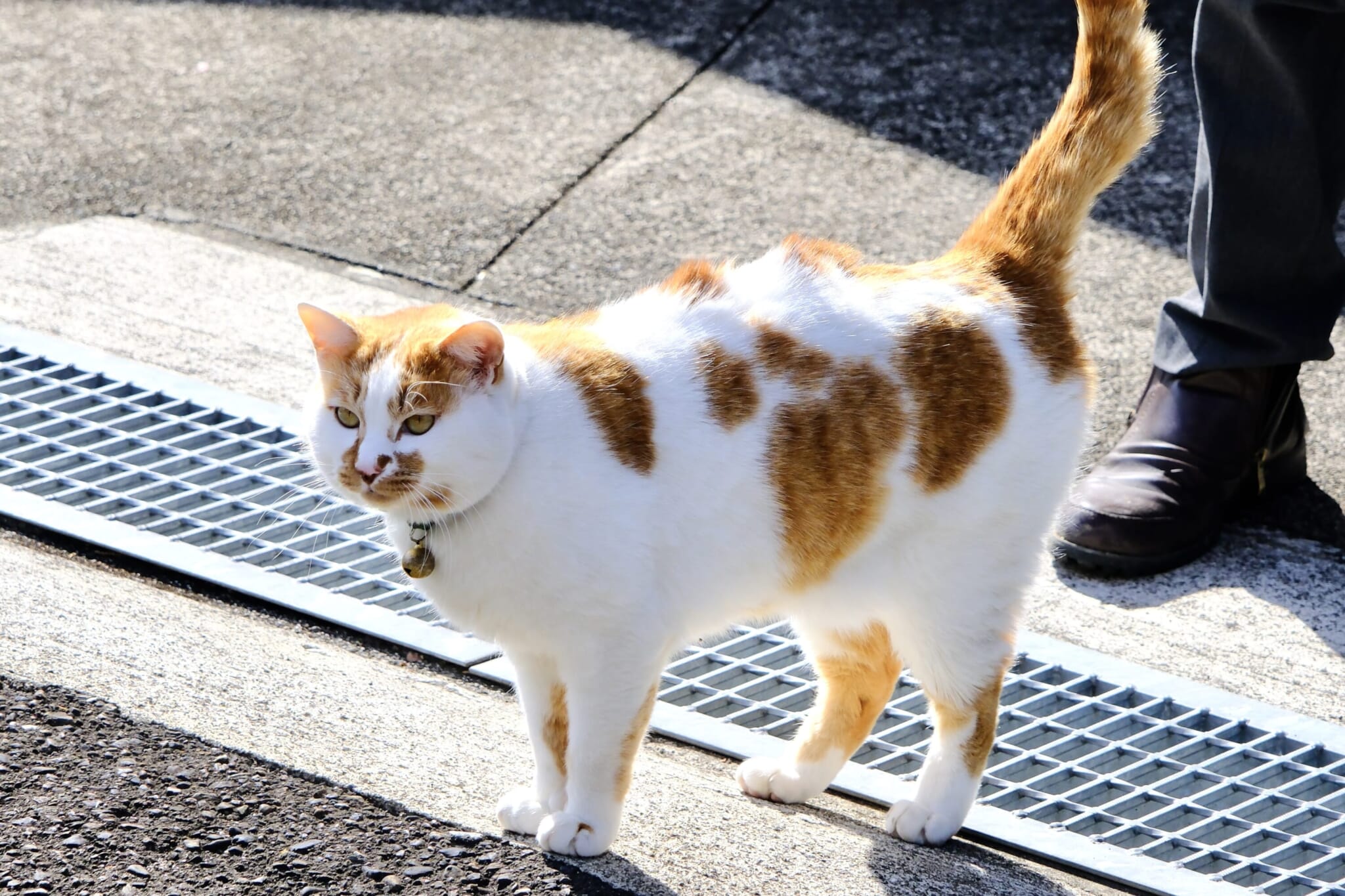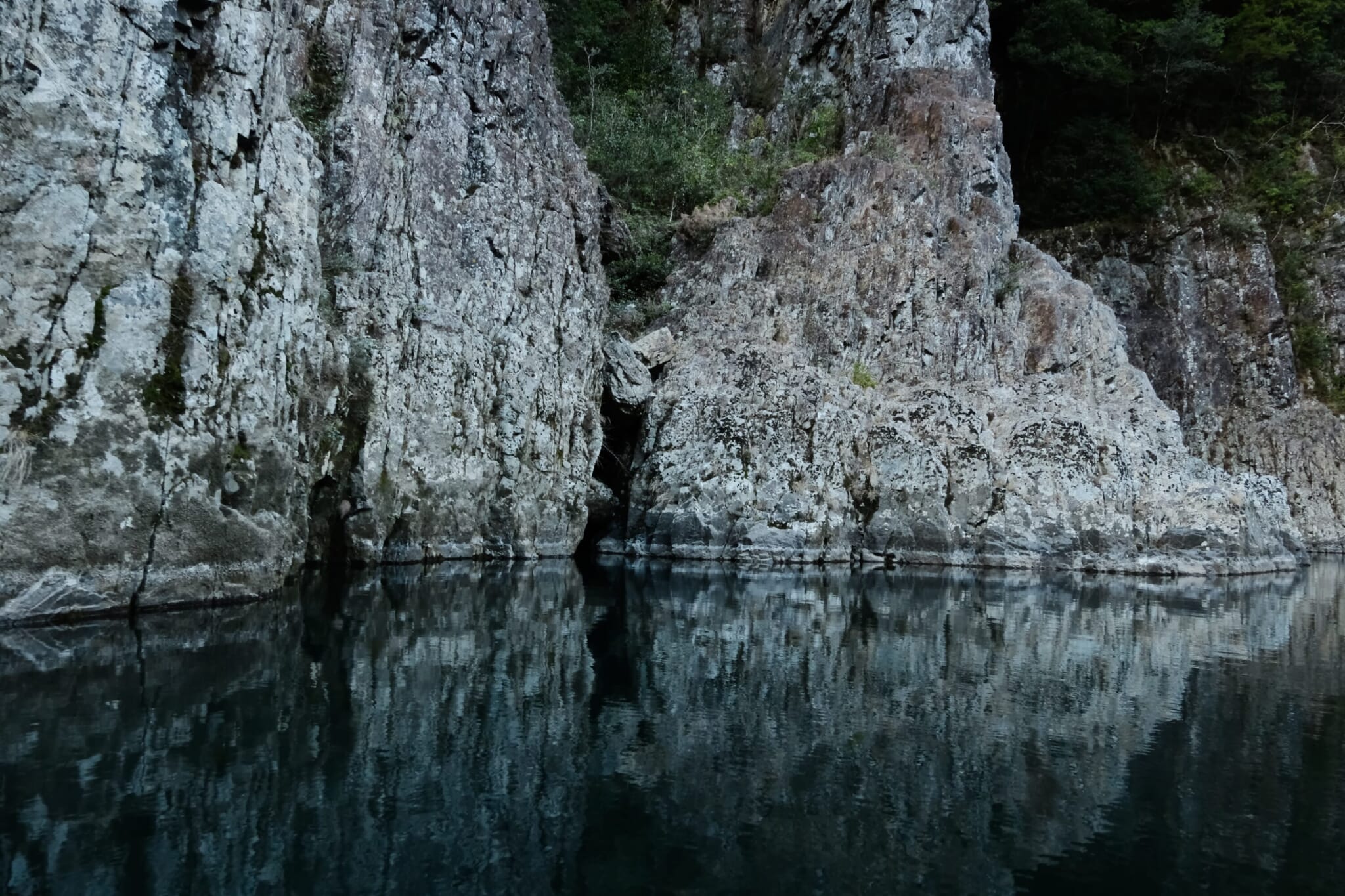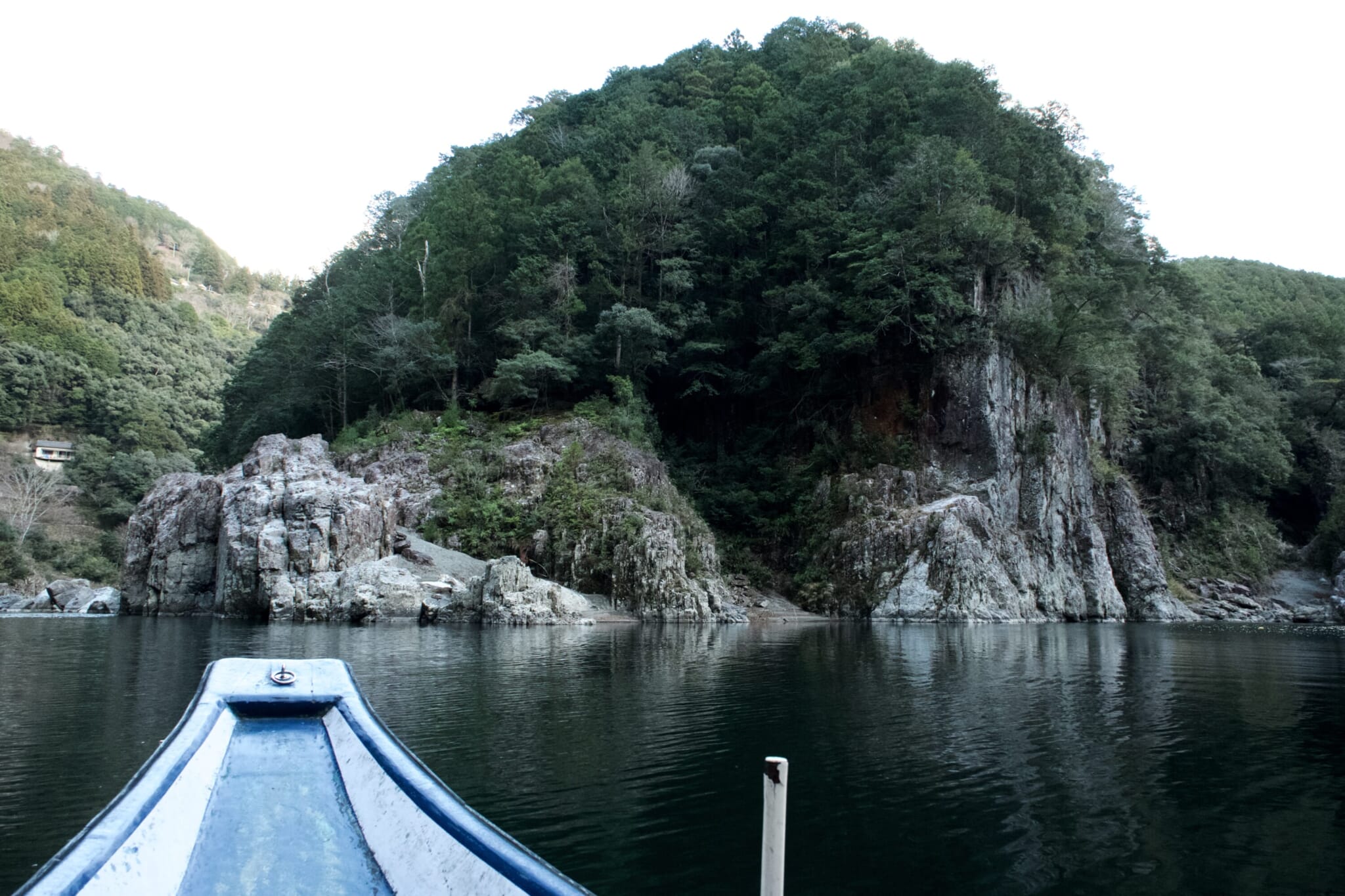Totsukawa Village is markedly different from the typical Japanese travel destination. Not accessible by train, it can only be reached by winding through mountain roads. But it’s well worth the trip: Visiting Totsukawa is like stepping into another realm. The landscape — astonishingly beautiful and bordering on fantastical — is covered with lush, verdant mountains that seem to brush against the sky. A bright, turquoise river snakes alongside the road into the heart of the village, contrasting sharply with the stony cliff faces at the water’s edge and suffusing the scenery with a serene, mystical quality.
Because Totsukawa Village is so remote, it offers miles of untouched nature. It also has a unique culture, with deep ties to tradition and a strong connection to the land. But the village’s remoteness belies how welcoming it feels; the residents have a reputation for being incredibly friendly to travelers, and recent revitalization efforts have resulted in some modern, state-of-the-art facilities that blend seamlessly into the bucolic surroundings.
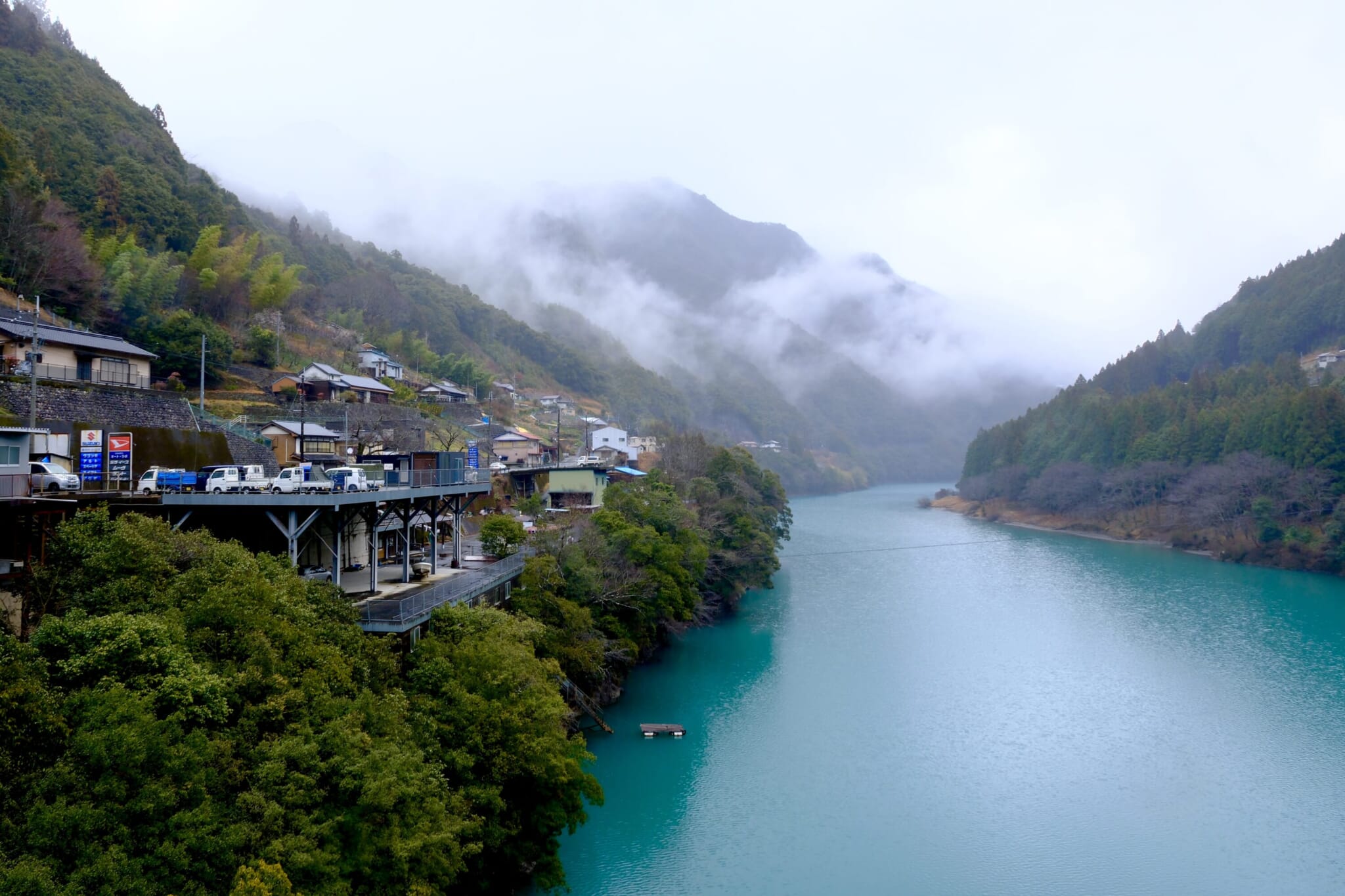
A trip to Totsukawa Village is an adventure, but it’s by no means a rugged one. It’s a once-in-a-lifetime chance to see a side of Japan that most people never get to experience, to luxuriate in extraordinary and peaceful surroundings at your own pace. Since public transportation to the area is infrequent, it’s best to rent a car. Alternatively, you can book a private tour with a local guide, who will take care of the driving and assist with your itinerary, lodgings and meals.
Get to know some of the area’s highlights below.
Hatenashi: The Village in the Sky
Hatenashi is a picturesque village within a village located roughly 400 meters above sea level. Its name means “endless,” a fitting description of the view that can be seen from here. It’s also referred to as “the village in the sky.” The settlement lies on the Kumano Kodo, an ancient pilgrimage route that’s been designated a UNESCO World Heritage Site. As you make your way along the stone-paved path, you’ll pass traditional homes, rice fields, vegetable farms and a stone koi pond, as well as abundant flowering trees and bushes.
A local man named Iwamoto-san lives in a house directly by the hiking route, and he opens up his veranda to those passing by so they can rest and recharge. In the summer, he offers picked vegetables to visitors, and year-round you can drink from a clear mountain stream, always thoughtfully adorned with a seasonal flower.
Kamiyu: A Riverside Onsen Nestled in the Woods
Set on the banks of its namesake, the Kamiyu River, Kamiyu Onsen makes the most of the surrounding nature, offering visitors a truly immersive experience. The men’s public bath — a huge onsen nearly the size of a swimming pool — sits directly beside the river and features stairs leading to the water for bathers who want to cool down after lounging overlong in the hot springs.
The women’s bath on the second floor has no path to the river for privacy reasons, but it boasts unique charms too. Resembling a mythical grotto, it has a massive communal onsen of its own. A large aperture in the stone wall looks directly into the dense forest of Japanese cedar on the opposite bank. You can easily lose track of time gazing at the trees, watching the thin cloud of steam billowing from the men’s bath below along with bursts of laughter and relaxed pleasantries from the customers there.
Omori no Sato: A Refined Mountaintop Guesthouse
The Omori no Sato guesthouse — reached by ascending a steep, one-lane road through the forest — was formerly a schoolteacher’s home. It’s been fully renovated and refurbished, incorporating modern touches and some Western influences while maintaining the spirit and beauty of the original structure. Guests can choose between two rooms: the Western-style Gyozen room, which is smaller and sleeps up to two people, and the Japanese-style Yakemine room, which can accommodate up to four and has two spacious and elegant tatami rooms and a kitchen/dining area that recalls a ski chalet, complete with a wood-burning stove.
Both rooms, built from local cypress and cedar, were constructed with an intense attention to detail. Visitors need to bring their own food, which they can prepare in the rooms’ modern kitchens. It’s also possible to have bread, breakfast supplies and other food delivered ahead of time.
Kuchu no Mura: A Treetop Park in Harmony with Nature
Completed in 2020, Kuchu no Mura, which means “village in the air,” is a treetop park based on the French concept of “outdoor parks in harmony with nature.” It consists of numerous treehouses and ropeways and allows visitors to enjoy the forest in midair — anywhere from 4 to 12 meters up, nestled among the foliage or, in the springtime, clouds of pale sakura blossoms.
French-born Jolan Ferreri, who moved to Totsukawa Village in 2016 to pursue his lifelong passion for forestry, says he envisions the area as a playground for adults, which is evident in the design. It’s much more sophisticated than the term “playground” might imply, with cafés serving fair trade coffee scattered throughout the ropeways and ample spots to nap, chat and read — or even work-from-tree, if you so desire (the whole park has Wi-Fi). Ferreri collaborated with the local government to construct the park and hopes that it will help revitalize the area. He’s also adamant about protecting the trees; every structure is built with their continued health in mind.
In addition to day visits, the park offers treehouse glamping trips and recently added a sauna experience inside a van parked in a field beside the park entrance. Though the exterior is rather nondescript, the inside feels like a high-end spa, with stylish wooden details and a soothing, smoky aroma. Upon exiting, guests can take a cold plunge and then relax fireside while admiring the mountain scenery.
Dorokyo Gorge: One of Japan’s Most Scenic Spots
Nowhere is the sublime beauty of Totsukawa Village more evident than at Dorokyo Gorge, is part of a national park which has been designated a Special Place of Scenic Beauty and a Natural Monument. It’s not hard to see why: The strikingly aquamarine Kitayama River cleaves the ravine in two, with jagged rock faces seeming to burst from the water, giving way to a thick layer of trees that dust the mountaintops.
One of the best places to take in the view is the Doro Hotel, a cliffside café that was once a hotel frequented by writers seeking inspiration. You can sit on a veranda overlooking the waters or have a light meal in one of the immaculately preserved Japanese-style rooms on the second floor. For those who wish to explore the gorge up close, boat tours are also offered on the riverbank right below the café. When you visit, be sure to seek out Kinako-san, the official Dorokyo Gorge Tourism Ambassador: a very friendly, vocal and snack-loving orange and white cat who likes to hang out in the parking lot, welcoming visitors.
For more information about visiting Totsukawa Village, click here.
Updated On February 19, 2024

